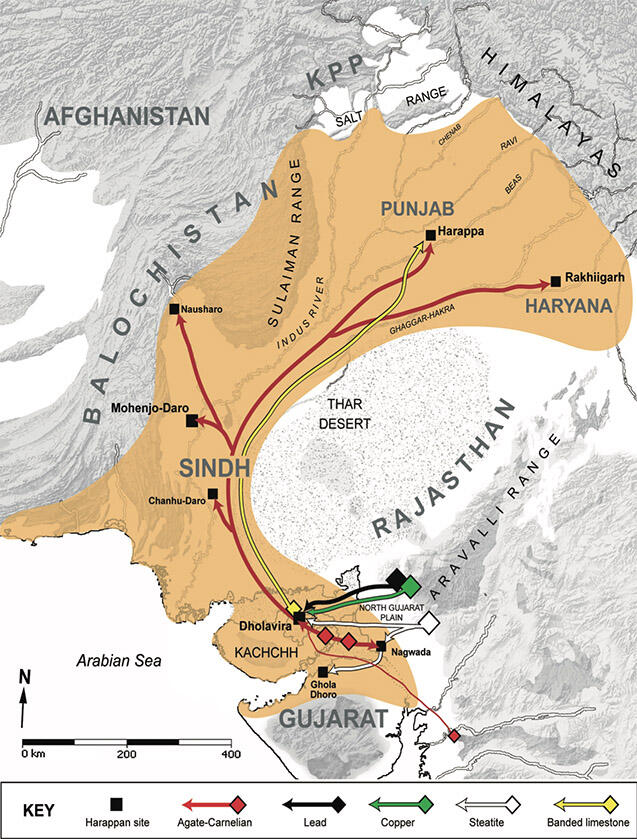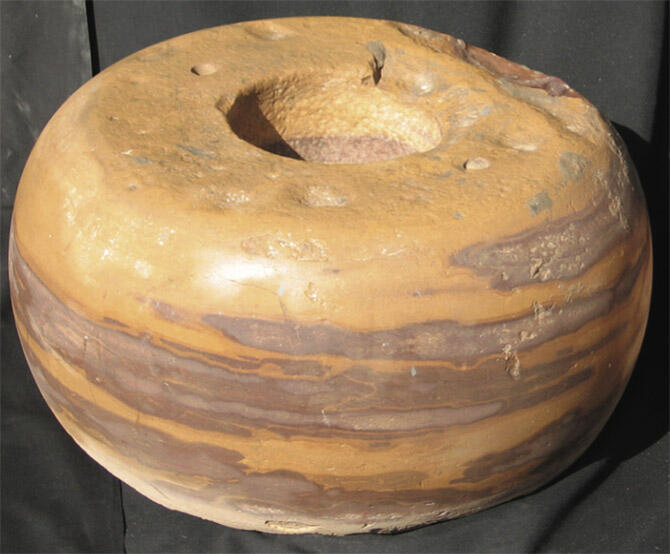"In the year 2000," writes the author Dr. Randall Law, "I initiated a large‐scale effort to identify the geologic sources from which peoples of the Indus Civilization (ca. 2600 to 1900 BC) acquired rock and mineral resources. Over the next decade, thousands of stone and metal artifacts from more than a dozen Harappan sites were, using a wide range of analytic techniques, directly compared to geologic samples collected from deposits across northwestern South Asia (Law 2005, 2008, 2011). Although this study remains ongoing, a new and detailed picture of resource acquisition and trade during this time period is beginning to emerge. It seems that certain raw materials, such as steatite, chert, agate and, perhaps, copper, were mainly (but not always exclusively) acquired from very specific source areas and then distributed via long‐distance trade networks to consumers throughout the Indus Civilization. Underlying this vast inter‐regional exchange system were numerous regionally oriented ones. The purpose of this paper is to highlight the important stone and metal resources of the Gujarat region during the Harappan Period" (p. 319).
Most importantly instrumental neutron activation analysis (INAA) of various microcrystalline silicates show allow the author to conclude, for example, "it is now possible to confirm what has long been suspected – that Harappan beadmakers at sites across the Greater Indus region were utilizing agate‐carnelian from sources in Gujarat. Moreover, it was determined that most such stone probably came from occurrences in the eastern Kachchh region rather than, as was widely thought before, the more famous Ratanpur area deposits in the southeastern part of the state," even if work still needs to be done on debris found at Lothal (p. 339).
This highly informative paper speaks to the vast agate resources of the region, bringing to light the unexpected possibility that the main sources in the Ratanpur area on the Narmada River in southeastern Gujarat may have been outside the Indus zone. The banded limestone from Kacch was used for the 125 kg ringtones found at Mohenjo-daro and Harappa. The author also speaks richly of the salt on "watercraft or cattle caravans laden with this "white gold" making their way north of Gujarat towards cities of the interior plains" (p. 336).
Images: 1. Select Harappan stone and metal exchange networks that originated in Gujarat. 2. A banded limestone ringstone from Mohenjodaro,




